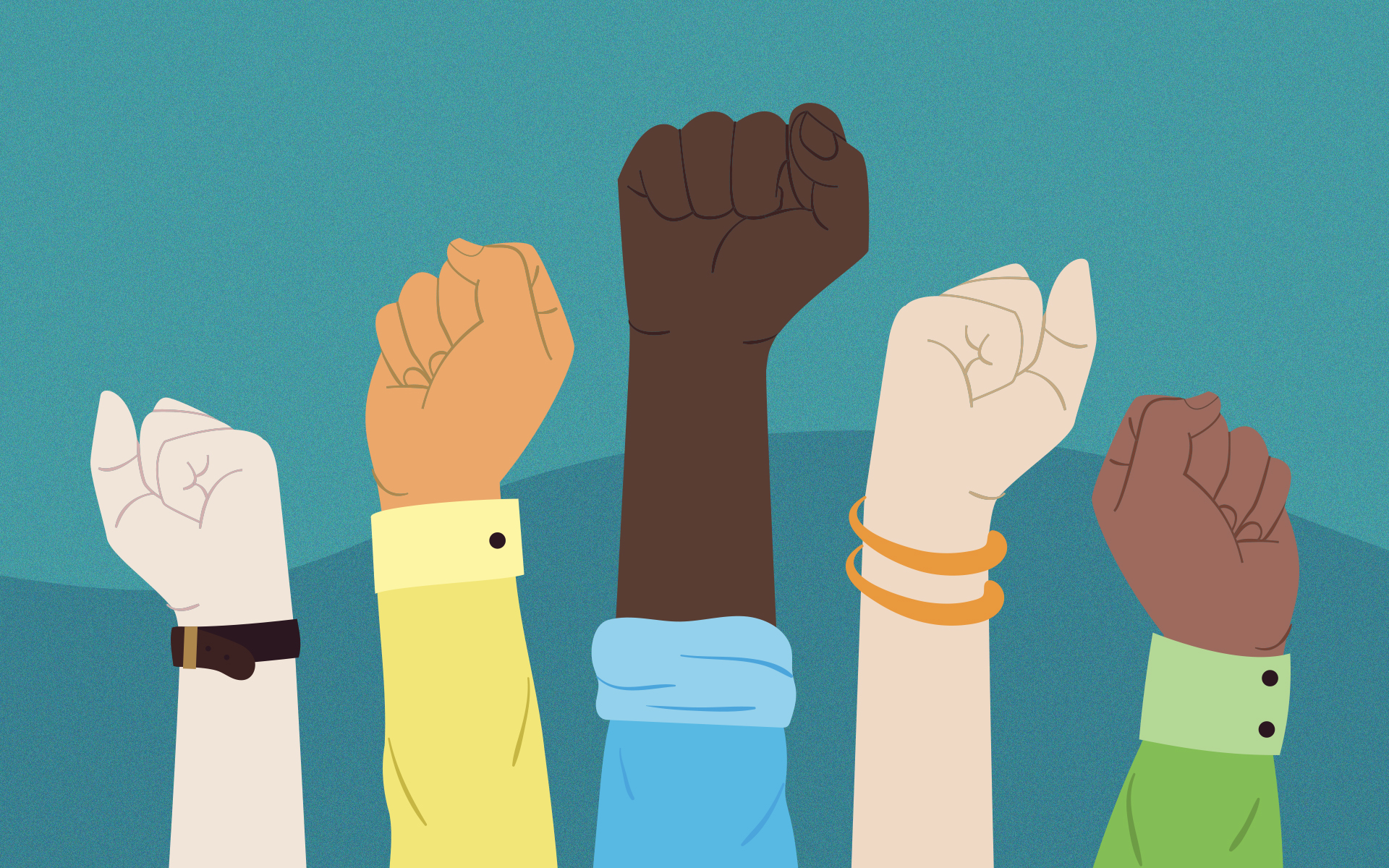Here are the basic criteria for getting through any family dinner: act as if you genuinely care about whomever you’re talking to and believe that they themselves are able to think rationally. Because if all the debates, articles, commercials, and yelling didn’t change their minds before now, maybe acknowledging their thoughts and feelings with genuine interest might. So, be direct; make others feel cared for and maybe they’ll return the favor by opening up and thinking about what you have to say. That’s not just how you change minds, that’s how you have a great conversation.
This compassion-oriented form of communication is what sales expert and speaker Rob Jolles urges in his book: How to Change Minds: The Art of Influence without Manipulation. I sat down with Rob to find out how we can put this to work:
An interview with Rob Jolles, author of How to Change Minds: The Art of Influence without Manipulation:
Ben Kharakh: The first portion of your book explores what separates influence from manipulation, which is that the person who is doing the mind changing has the best interest of the other person in mind.
Rob Jolles: You hit it on the head: The difference is who benefits. If I’ve got a great idea that’s really going to get me a trip to the Tahiti, then that’s manipulation. But if I really believe that your fear of change is keeping you from moving forward and I’m going to dig down deep and try and persuade you, then that’s influence. One of the most compassionate things you can do for another human being is help them change if what they’re doing is a destructive behavior.
BK: I think that the process of changing someone’s mind as you lay it out is actually what you would do if you just genuinely cared about the person whose mind you’re trying to change.
RJ: I ask my seminar audiences, “Let’s pretend you actually like your client; let’s pretend that client is your best friend. If they told you their concern, would you just keep going with the sale or would you tell them what you would actually do?”
One of the most compassionate things you can do for another human being is help them change if what they’re doing is a destructive behavior.
The epicenter of the book is a piece called, “It’s not mean; it’s merciful.” It’s the story of somebody I trained feeling badly because their client felt badly during the course of a conversation that led to a positive change. It can be challenging, even painful, to have a conversation about change. But facilitating that kind of conversation is not mean; it’s merciful.
BK: A lot of people are getting together because of the holidays. And they’re afraid of the conversations they’re going to have with friends and family because they may confront racism, sexism, elitism, and other forms of dehumanization. The urgency is there, but many people still avoid these kinds of in-depth conversations. Let’s break it down so they can persuade the people they care about.
RJ: The first thing we have to understand is why you want to influence someone. You really have to feel it would be in their best interest. The example you’ve just described passes the first hurdle. So let’s go to door number two, and I think this is where a lot of people struggle: you can’t create change until you create trust. You have to earn the right to ask more difficult questions.
Trust is created by listening to the other person. If I truly want to help somebody understand, the first thing I have to do is listen to them and not judge them. Don’t interrogate them; just ask thoughtful questions and don’t be thinking of the next question or the next move. But really listen to them and be present.
It can be challenging, even painful, to have a conversation about change. But facilitating that kind of conversation is not mean; it’s merciful.
Now I’m getting to the part that might be a little disturbing but, as I said, we’ve earned the right to ask the more difficult questions. We’re not really on our game if we’re only saying, “This is what you need to do and this is why you’re wrong.” Of course people aren’t going to listen to that. So, through listening, you earn the right to ask more challenging questions, and then you listen more, and keep following up, but you don’t fix it for them. You let them figure it out for themselves because the basic idea of persuasion or selling is letting someone else come up with your idea.
BK: When you say, “listening,” you’re talking about letting yourself have the emotional reaction you have when you experience the words, tone, facial expressions, body language, and emotions of the person you’re talking to.
RJ: Bingo. And I got to tell you: that’s not easy. Sometimes we’re so focused on the process that it interferes with listening. Yes, you’re going to try and control the conversation with questions and not statements. However, when people are kind of newer to the process they’re in their own heads trying to come up with the next question. They are not actually in the moment listening to the answers to the questions they’re asking. And that’s where improv helps. You need improv because it’s not the first question that’s the most difficult. It’s the third or fourth.
Trust is created by listening to the other person. If I truly want to help somebody understand, the first thing I have to do is listen to them and not judge them.
I was at the vet today with my dog, and this guy was talking with his three and a half year old. She just kept asking, “ Why why why? Why do we do this, and then what?” I wish more people who are trying to help others were more like that three and a half year old; I wish they continued to ask why.
BK: It sounds like a lot of work, but if someone discovers for themselves that their own ideas are inaccurate they’re more likely to let them go. It might be harder if their identities are wrapped up in those inaccurate ideas, but that’s something they’d discover if, as you say, we dig deeper.
RJ: Right. And you have to be open, as the person trying to do the persuading, that you may have to let go of your ideas, too.
BK: One reason people fear Thanksgiving is because of how hard those conversations can be, but they’re only hard if they happen infrequently. Things are usually more challenging when you’re new to them! So, given that, what can people do to de-escalate tension?
RJ: A lot if objections are actually misunderstandings, so rather than returning fire we clarify. Sometimes you learn that they were right and it’s you who was wrong. Or you might say, “Although I see it this way, I can’t disagree with what you just said.” The art of acknowledgment, clarification, and understanding diffuses the emotion.
First we acknowledge what they’re feeling. So, we ask, “Where did you get that information from?” and by clarifying we show a keener interest. I’m not just going, “you’re out of your mind!” It takes the edge off. Let’s take Trump’s cabinet right now. He’s making choices that not everybody’s going to be happy with. So, I would say, “A lot of people feel the same way you do. When they look at this particular person there’s a lot of information that concerns them.” Now, by putting it that way they’re going to nod along rather than get angry with me. That’s feel. Felt is, “I have to tell you, when I first looked at that person I felt the same way you feel.” Here comes the empathy, and the person on the other side of the table is still nodding along. Now here comes the found. “But what I found was, when I looked at the information from this angle,” and then I share why I don’t agree. That’s different from a model where I only tell you what I found without acknowledging how someone else feels and connecting with how you first felt. Without the feel and the felt the other person might say, “You’re not listening to me, so I’m not going to listen to you.”
BK: But what do you do if you people think you have a history of not listening?
RJ: It’s a good question. I have to tell you that, unfortunately, when you have a history of acting in a certain way everything we’ve worked on is tougher. Because if you have a history of not listening and then you say, “Today I’m a listener,” then a single conversation may not fix that track record.
BK: Based on what you said, though, acknowledging one’s own history of not listening might be a good first step.
RJ: I saw this great documentary about George Wallace, who was a tremendous racist who ran for president twice and even won some states. He was shot in Maryland and paralyzed, ending his political career. But there was an awakening for George Wallace where he really did realize that he was wrong. He could not repair it in a single Thanksgiving, but he did realize he was wrong. And in his dying days, anyone who really listened to him understood that he changed.
I think if we’re like that three-and-a-half-year-old I told you about—with open ears, open eyes, just asking why—letting them explain and develop, and just be in the moment, then good things are going to happen.
How to Change Minds Without Ruining Thanksgiving
The art of acknowledgment, clarification, and understanding is the key to having compassionate conversations. Try this at your next gathering of the minds:
- Really listen. Be genuinely invested in your conversation partner by allowing yourself to be emotionally effected by their words, tone, body language, and facial expressions. And be present rather than thinking ahead to what you’re going to say next.
- Acknowledge what they’re feeling. Their perspective has value by virtue of their emotional investment in it, so acknowledge that investment. And acknowledge any transgressions you may have made in the past and in the present. Clarification and understanding diffuses tension.
- Show empathy: Your conversation partner is just like you, so let them know how you feel when you view the world from their perspective. “I have to tell you, when I first looked at it, I felt the same way feel.”
- Let them do the work: A mind is changed when your conversation partner feels as if they’ve independently come to the conclusion you wanted them to. So, don’t lecture; ask thoughtful questions.
- Commit to change: Once your conversation partner has acknowledged their desire to change, prompt them to commit to that change by asking, “Are you committed to that change?” They’re more likely to follow through on the change if they articulate their commitment to the change.
- Commit to more conversations: A great conversation may not change your conversation partner’s mind, but it may change their mind about you. An emotional connection is its own reward, and opens the door to more conversations!







